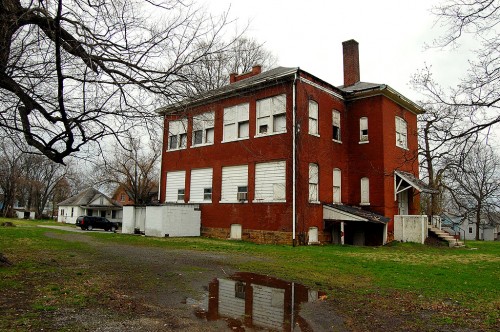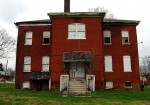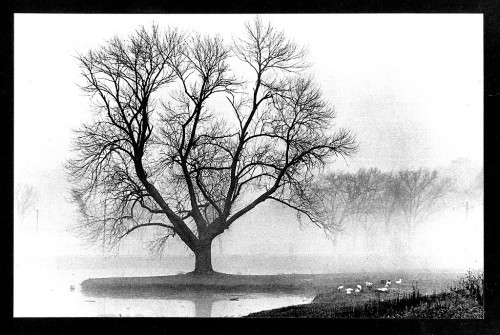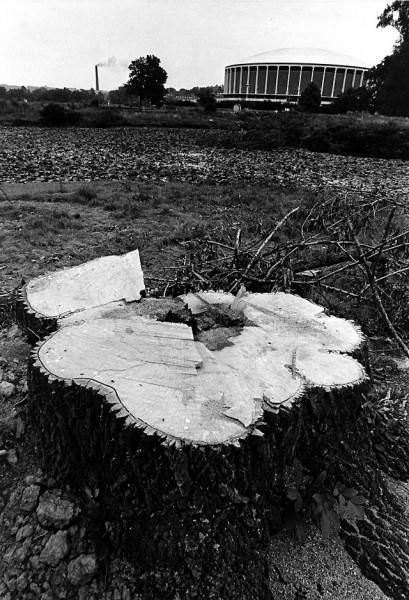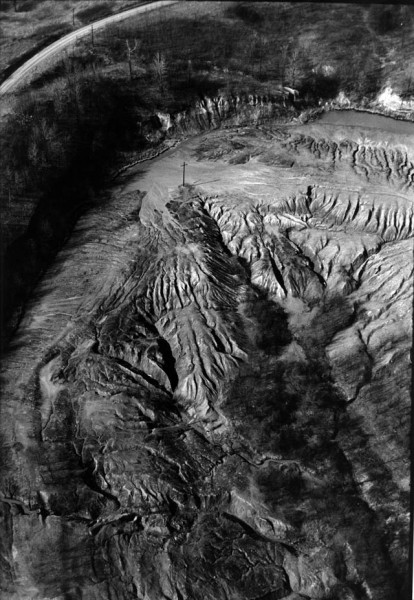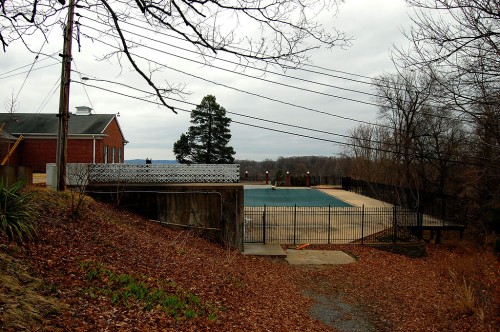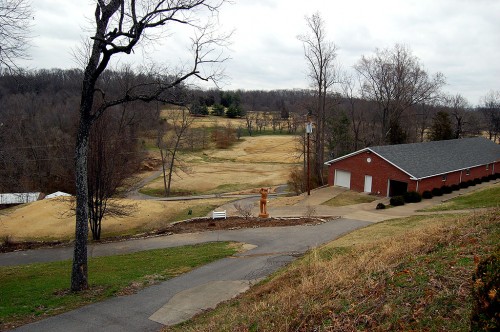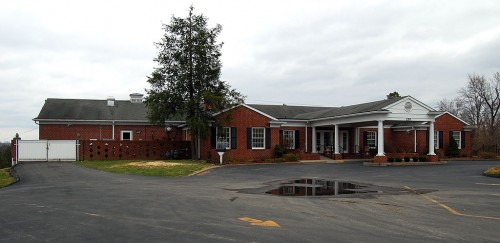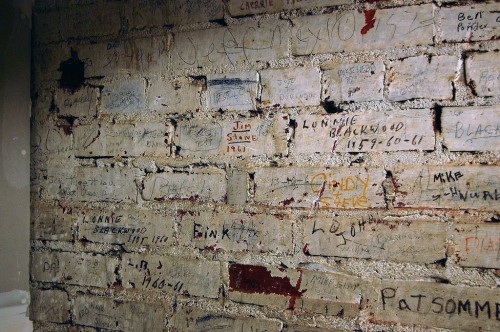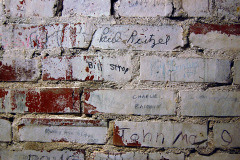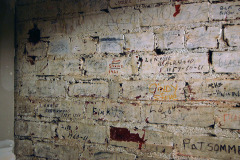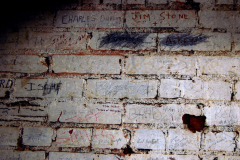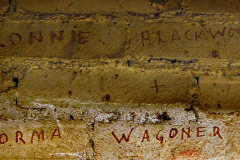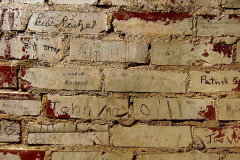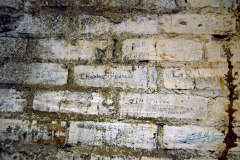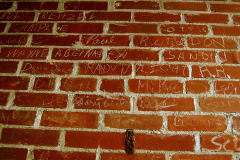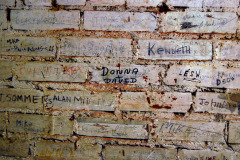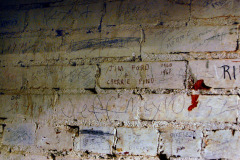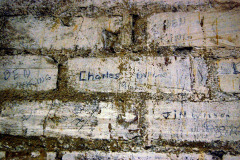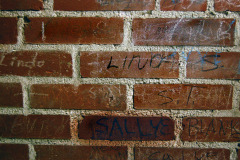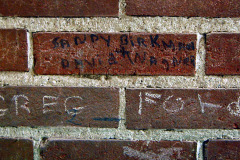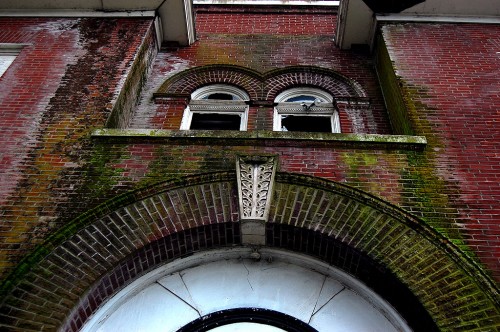 I went K through 8 at Trinity Lutheran School, so I don’t have much first-hand knowledge of Cape’s public schools. In fact, it was a bit of a challenge to locate Jefferson School, which turned out to the the oldest standing of Cape’s schools.
I went K through 8 at Trinity Lutheran School, so I don’t have much first-hand knowledge of Cape’s public schools. In fact, it was a bit of a challenge to locate Jefferson School, which turned out to the the oldest standing of Cape’s schools.
Located at Jefferson and Ellis
The school was built in 1904. You can read an excellent history of the school, which includes contemporary photos of the interior by downloading the National Register of Historic Places registration form. It’s a large document, so right-click on the link, then choose Save Link and open the file later with Adobe Acrobat.
Population quadrupled
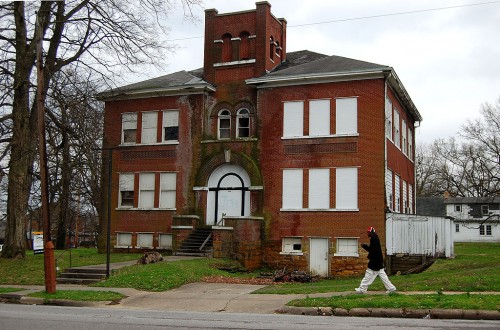 The Civil War slowed population growth in Cape, but the population nearly doubled between 1900 and 1910, and had almost quadrupled by 1925 to 15,258. Much of the growth was in the working class neighborhoods in the area served by Jefferson School.
The Civil War slowed population growth in Cape, but the population nearly doubled between 1900 and 1910, and had almost quadrupled by 1925 to 15,258. Much of the growth was in the working class neighborhoods in the area served by Jefferson School.
The building had four class rooms on each floor, with a central hallway and two narrow stairwells.
Was Black School 1953-1955
In 1953, Cape Girardeau schools were still segregated. Black students attended John S. Cobb School (originally named Lincoln School) until the school was destroyed by a fire. White students attending Jefferson were sent to May Greene School, and the 108 Black students were sent to Jefferson School.
When the school system was integrated in 1955, the school was closed.
Became apartment building
 At some point, the interior was converted to apartments, with two apartments on each level.It also served as a union hall.
At some point, the interior was converted to apartments, with two apartments on each level.It also served as a union hall.
Much of the original wood trim, stairwells and windows are intact. Years of neglect, water damage and vandalism, have taken their toll.
I asked the developer who converted Schultz School into very attractive senior housing if he had considered taking on Jefferson School as a project. He said the building didn’t have enough possible living space to make it practical from his viewpoint.
Gallery of Jefferson School photos
Click on any image to make it larger, then click on the left or right side of the photo to move through the gallery.

